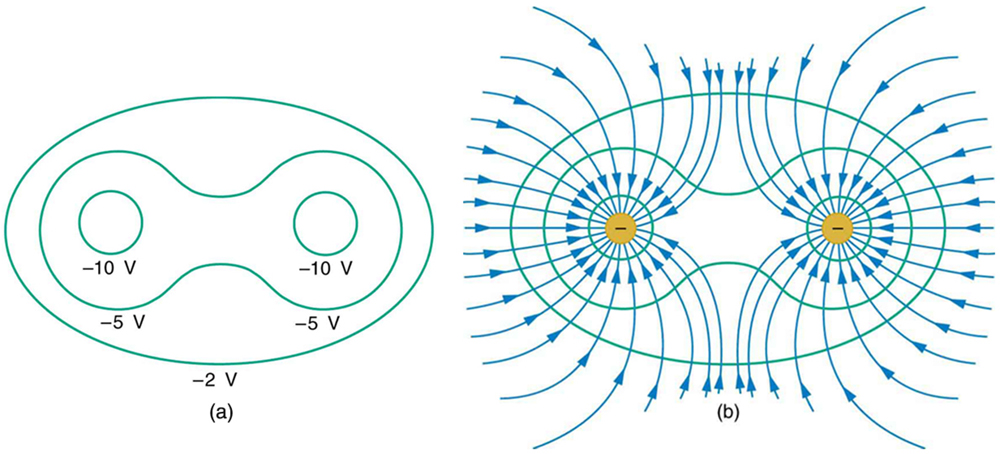this post was submitted on 11 Jan 2025
17 points (94.7% liked)
Daily Maths Challenges
208 readers
1 users here now
Share your cool maths problems.
Complete a challenge:
- Post your solution in comments, if it is exactly the same as OP's solution, let us know.
- Have fun.
Post a challenge:
- Doesn't have to be original, as long as it is not a duplicate.
- Challenges not riddles, if the post is longer than 3 paragraphs, reconsider yourself.
- Optionally include solution in comments, let it be clear this is not a homework help forums.
- Tag [unsolved] if you don't have a solution yet.
- Please include images, if your question includes complex symbols, attach a render of the maths.
Feel free to contribute to a series by DMing the OP, or start your own challenge series.
founded 9 months ago
MODERATORS
you are viewing a single comment's thread
view the rest of the comments
view the rest of the comments


The surface gradient is the part of a 3d (n dimensional) gradient of a scalar valued function (e.g. a flux vector) that remains within a 2d (n-1 dimensional) surface, i.e. without the contribution normal to the surface.
The iso-lines, however, represent the regions where the function value remains constant. As the directional derivative, i.e. the scalar product of the gradient and the tangential vector of the curve must vanish, the gradient is orthogonal to those somewhat by definition. Yet, that the negative gradient is the direction of steepest descent, remains to be proven.